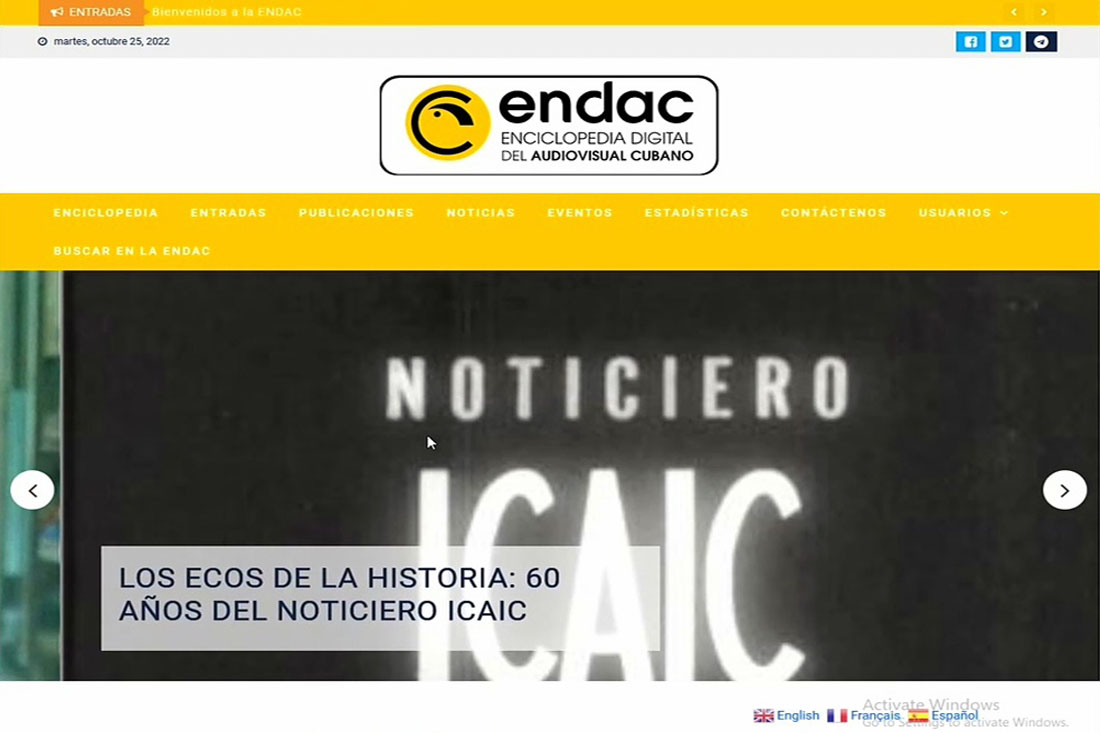By: Yusarys Benito Deliano y Alejandro García Gutiérrez
The Cuban audiovisual can also be told from Camagüey, a city rich in renowned cinematographic events and projects that, inserted in the Thematic Walk of the Cinemas -the only one of its kind in the country- treasure from the images and sound the heritage of an entire nation. .
In this sense, the Digital Encyclopedia of the Cuban Audiovisual (ENDAC, by its acronym in Spanish) makes a journey through materials dating from the silent period to the present, thus being a knowledge base built from the interaction of users.
“I don’t think that the ENDAC arose in a providential way or as a cosmic seed that you sow. It is simply the result of all that great tradition linked to cinema that exists in Camagüey, from highly relevant events such as the Film Workshop, the Warehouse of the Image or the Video Art Festivals”, says Juan Antonio García Borrero (Juani), coordinator of the project.
The ENDAC, as it is known by its acronym, is also the result of El Callejón de los Milagros Project, an intention for which the Office of the Historian of Camagüey City also bet, through the materialization of works with great impact on an urban scale such as the one on Cinema Street.
“It also has a historical component, that is, the ENDAC could not have existed before because it is supported by the emergence of technologies that today allow us to have a series of materials online, whether they are films or the users themselves who interact. That allows that an extraordinary richness be established when it comes to rescuing and preserving memories. That this happens in Camagüey fills me with pride, because it is a heritage city with a very broad tradition in everything related to audiovisual practices,” adds Juani.
Technology and culture are articulated in the Encyclopedia, a collaborative platform that builds, in virtual space, the historical memory of our country; and at the same time, it is presented as a living heritage of what we are and what we tell through the audiovisual.
Translated by: Aileen Álvarez García






